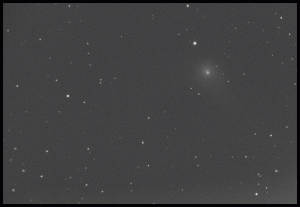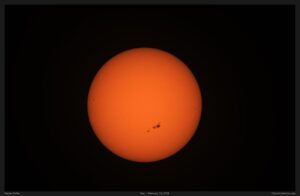On the evening of Tuesday, November 11, 2025, sky-gazers across North America and beyond were treated to one of the most remarkable celestial light shows in recent memory. The Aurora Borealis, or Northern Lights, put on a stunning display with sightings reported across a wide area, reaching latitudes far south of their typical range.
The Science Behind the Storm
This extraordinary display was the result of intense solar activity. Over the previous few days, the Sun had launched multiple Coronal Mass Ejections (CMEs), massive bursts of solar wind and magnetic fields, directly toward Earth.
- Solar Flare and CMEs: The event was particularly energized by a colossal X5.1 solar flare, one of the biggest of the current solar cycle, which released a powerful CME that impacted Earth’s magnetic field.
- Geomagnetic Storm: This impact sparked a severe geomagnetic storm, with the National Oceanic and Atmospheric Administration (NOAA) issuing a rare G4-level storm watch. This high level of geomagnetic activity is what pushed the visible aurora far south, allowing people in states like New Jersey, Pennsylvania, and even those along the Gulf Coast, a chance to see the elusive lights.
- A Solar Cycle Highlight: Occurring during a strong period in the Sun’s approximately 11-year solar cycle, this event reminded us of the sheer power and beauty of solar weather.
Capturing the Magic: A Photographer’s Dream
For amateur and professional photographers alike, this was a night to remember. Due to the incredible brightness of the aurora, many people were able to capture stunning images even with their smartphone cameras set to a long exposure.
The camera’s light sensitivity often revealed colors, particularly the vibrant reds, that were harder to see with the naked eye, transforming faint glows into streams of green and red light.
Tip for Next Time: As many people confirmed, the best viewing times were typically within an hour or two of midnight, or between 10 p.m. and 2 a.m. local time, and finding a dark location away from city lights made all the difference.
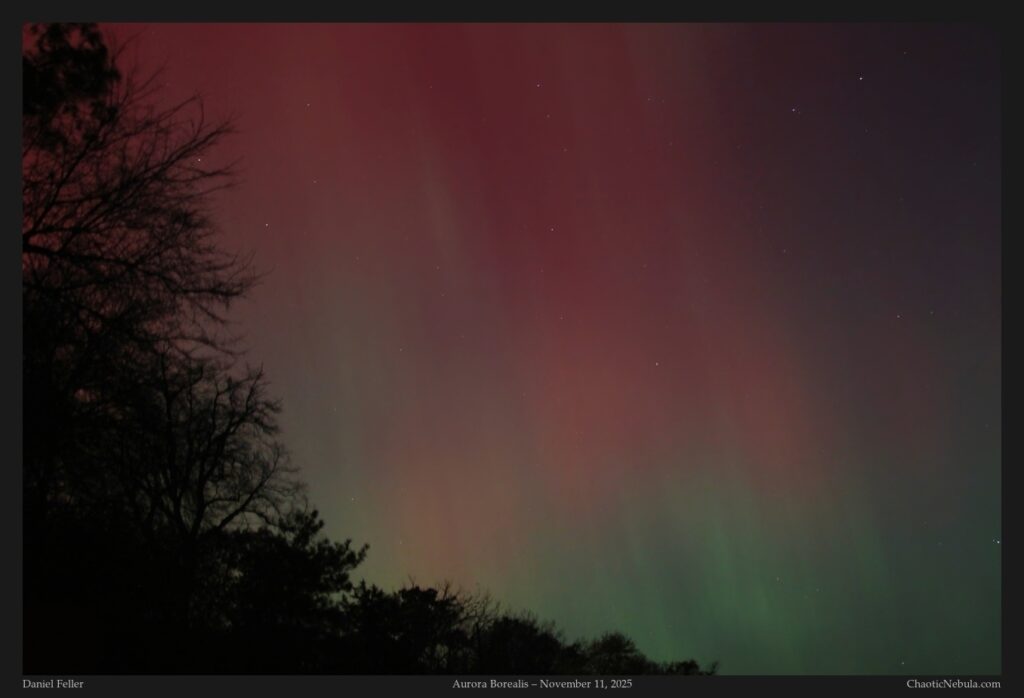
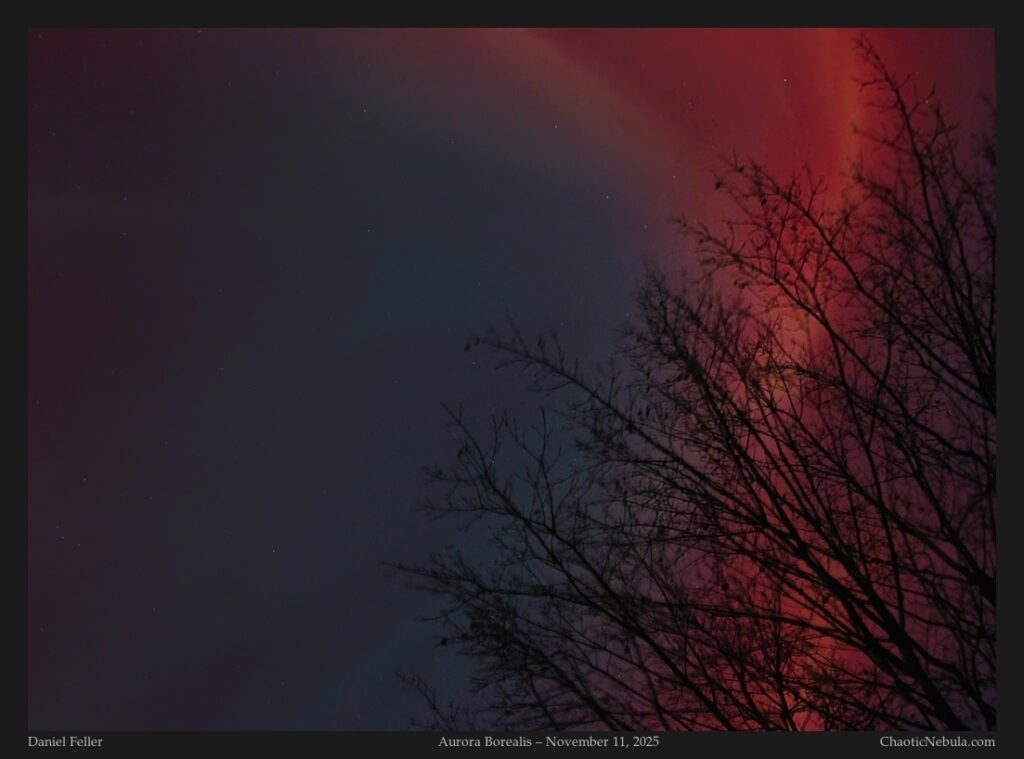
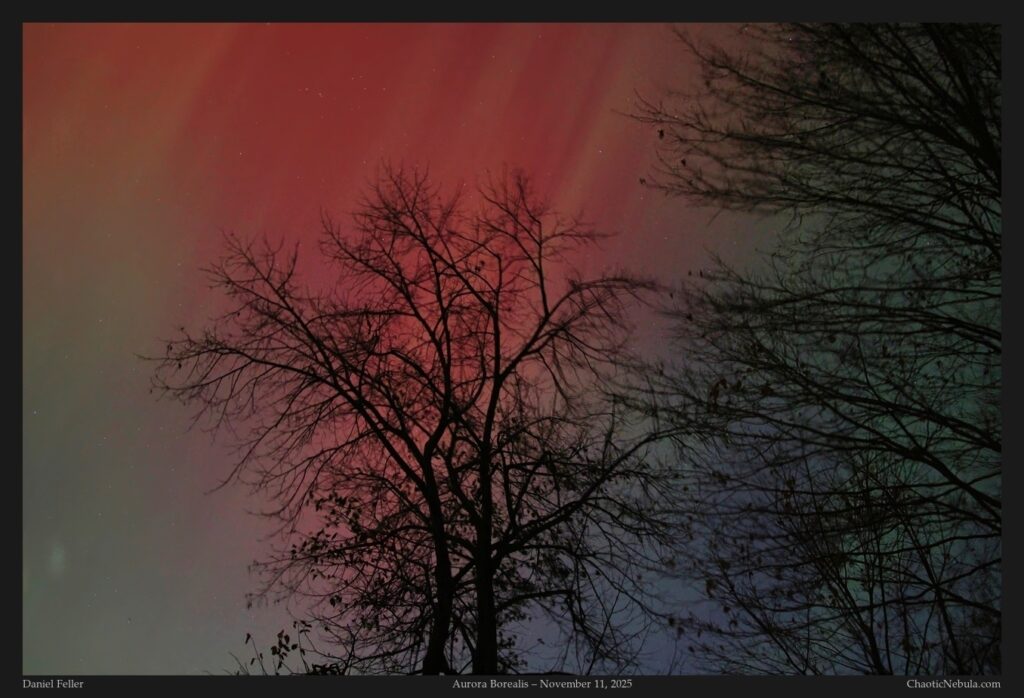
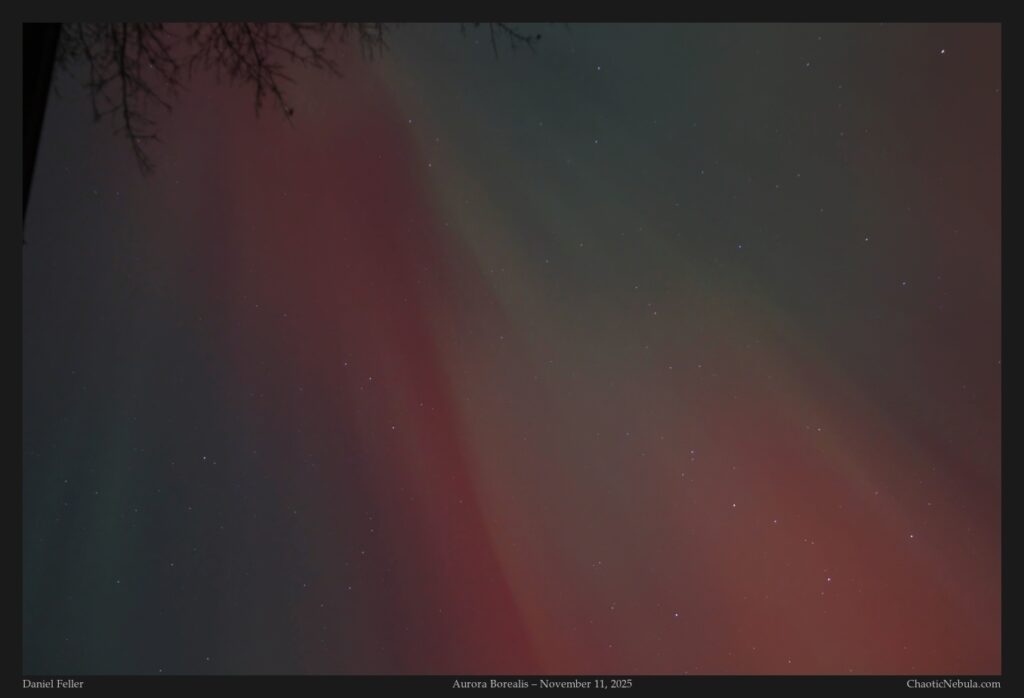

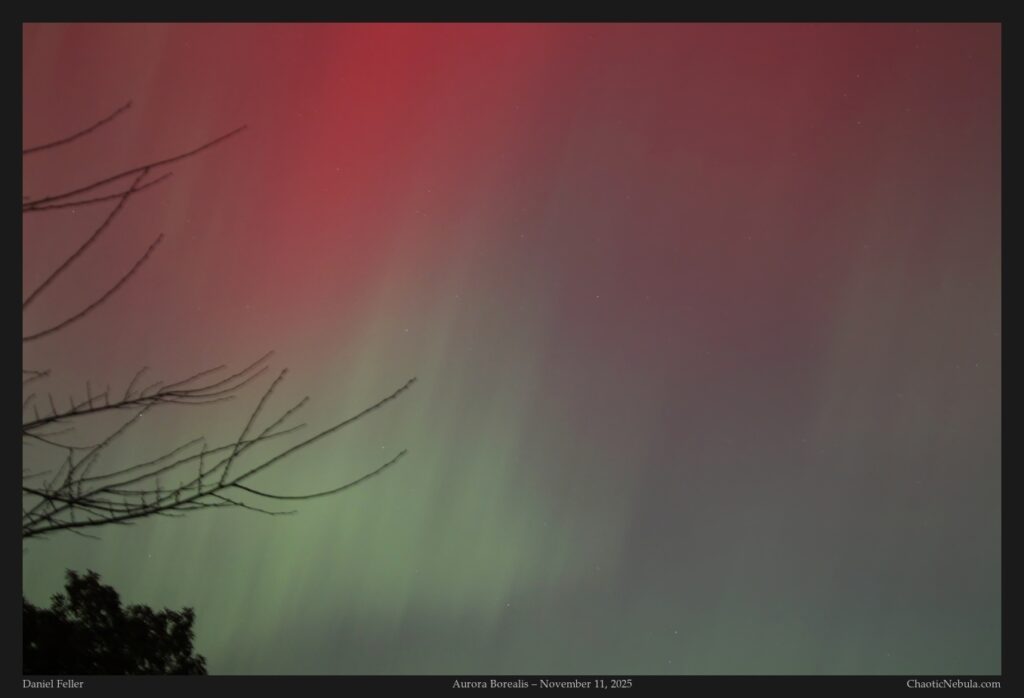
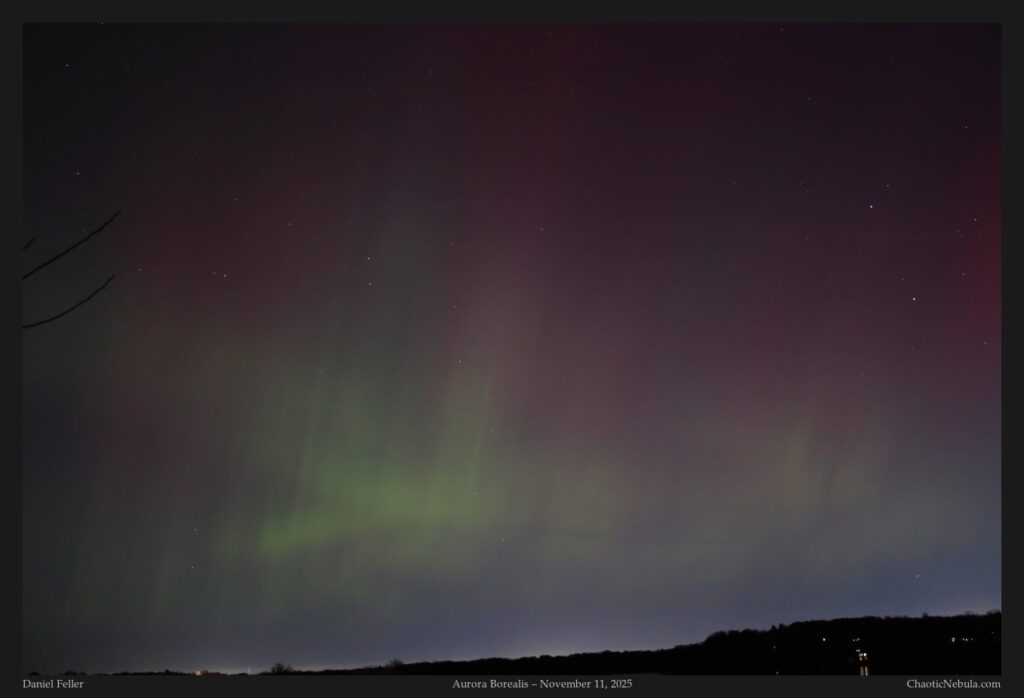
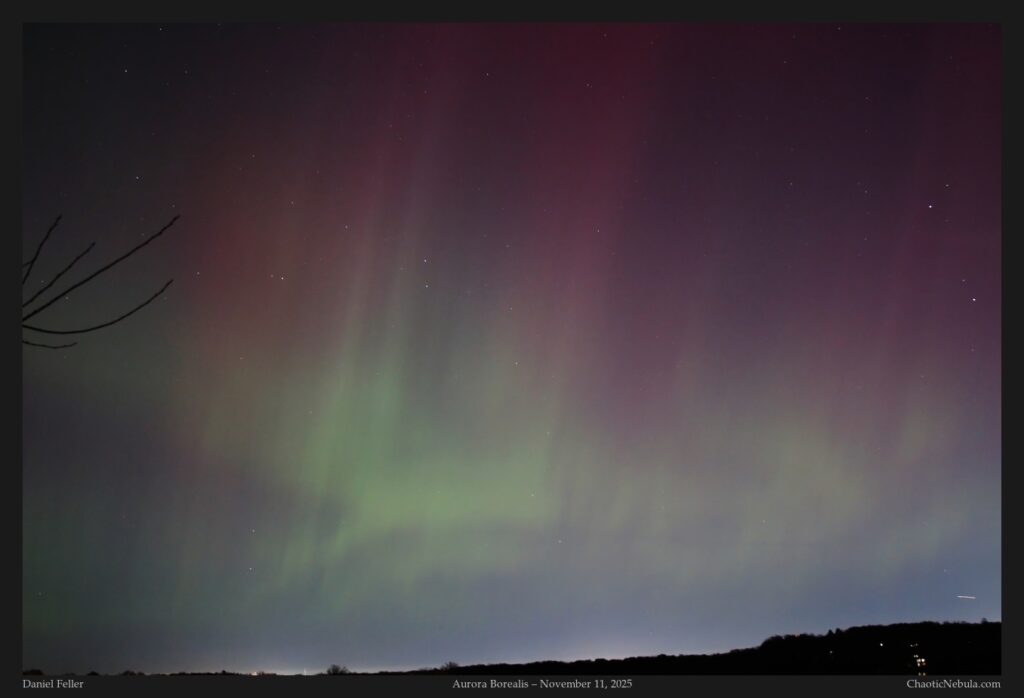
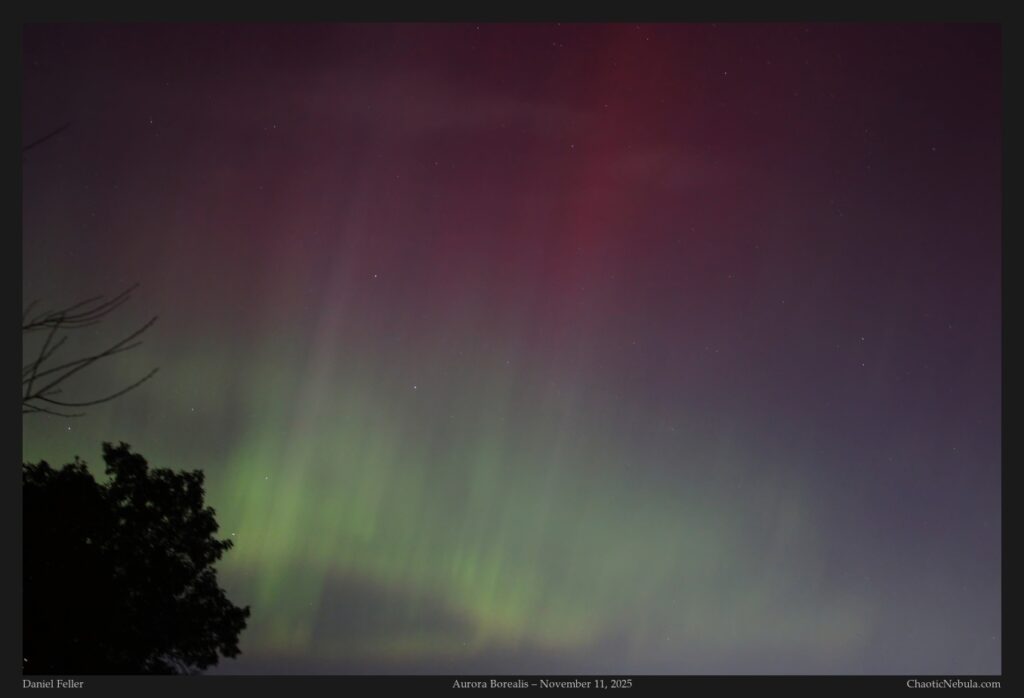
Witness the Flow: Time-Lapse Captures the Sky’s Electric Current
While still photographs are beautiful, they can’t fully capture the speed and fluidity of the aurora’s movement. Time-lapse videos, which condense hours of activity into a few seconds, truly showcase the dynamic energy of the geomagnetic storm.
These videos were taken with a 10 second span between images

